Prestressed concrete is basically concrete in which internal stresses of a suitable magnitude and
distribution are introduced so that the stresses resulting from external loads are counteracted to a
desired degree. In reinforced concrete member, the prestress is commonly introduced by tensioning the
steel reinforcement.
The application of permanent compressive stress to a material like concrete, which is strong in
compression but weak in tension, increases the apparent tensile strength of that material, because the
subsequent application of tensile stress must first nullify compressive prestress.
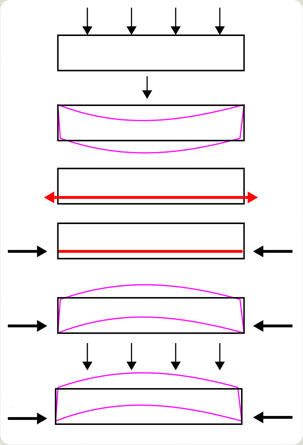
A method of prestressing concrete in which the tendons are tensioned before concreting. Pre-tensioning is done by stressing a wire, strand or bar, PRIOR to concreting. As these stressed elements are embedded and bonded in the concrete, no anchorages are required to hold back the tension forces in it.
Pre-tensioning is predominantly done in precast yards. End blocks supported by piles are required to be erected to hold back these prestressing forces.
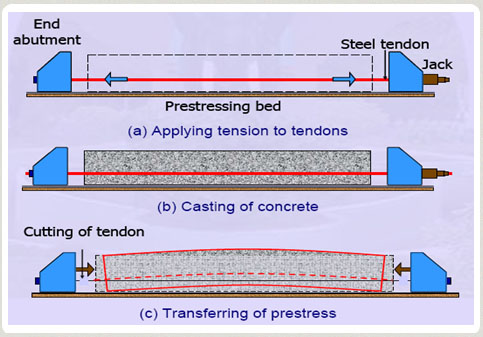
A method of prestressing concrete in the prestessing steel is tensioned against the hardened concrete. For post-tensioning, wire, strand or bar is installed and stressed to its intended forces AFTER concreting has taken place. Anchorages and wedges are used to hold back the forces.
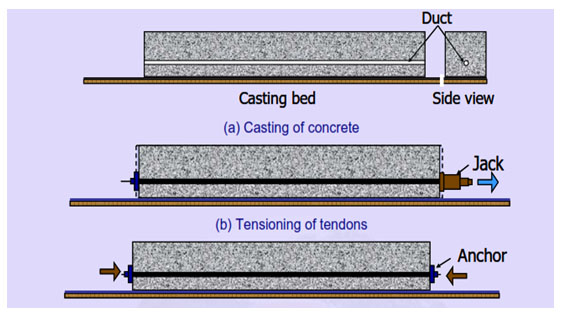
Strand is manufactured from 7 individual cold-drawn wires, outer wires helically wound around one center wire (king wire) as per IS code (IS14268:1995). Strand coatings do not affect the anchorage‘s capacity or efficiency. For improved corrosion protection we offer system using galvanized iron ducts. The strand should be stored in clean and dry place. There are two different types of strand i.e. 0.5” and 0.6”.
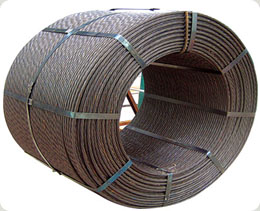
The sheathing for bonded tendons shall be galvanized steel tube made from galvanized steel strip of 0.25 – 0.3mm thick. It is mortar tight to prevent entrance of cement grout during concreting.
The duct shall be sufficient strong to retain shape and to resist damage during construction. 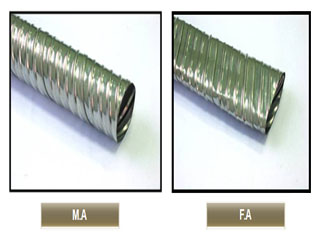
The material for the duct shall be high – density polyethylene with more than 2% carbon black to provide resistance to ultraviolet degradation. The thickness of the wall shall be 2.3±0.3mm as manufactured and 1.5mm after loss in the compression test for duct size up to 160mm OD. The duct shall be corrugated on both sides. The duct shall transmit full tendon strength from the tendon to the surrounding concrete over a length not greater than 40 duct diameter.
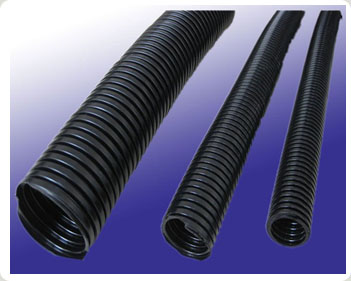
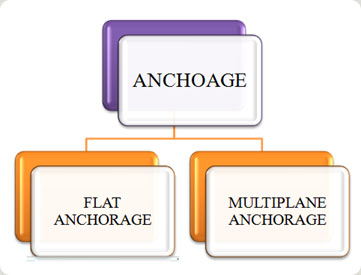
The prestressing force is transferred to the concrete at the anchorage. Anchorage where the stressing
take places are called active anchorage, and the other are called passive anchorage. Sometimes stressing
is made from both ends of a tendon to reduce friction losses. The anchorage shall be safe and secure
against both dynamic and static loads as well as impact.
The anchoring device shall be strong enough to resist in all respect a force equal to at least breaking
strength of the prestressing tendons.